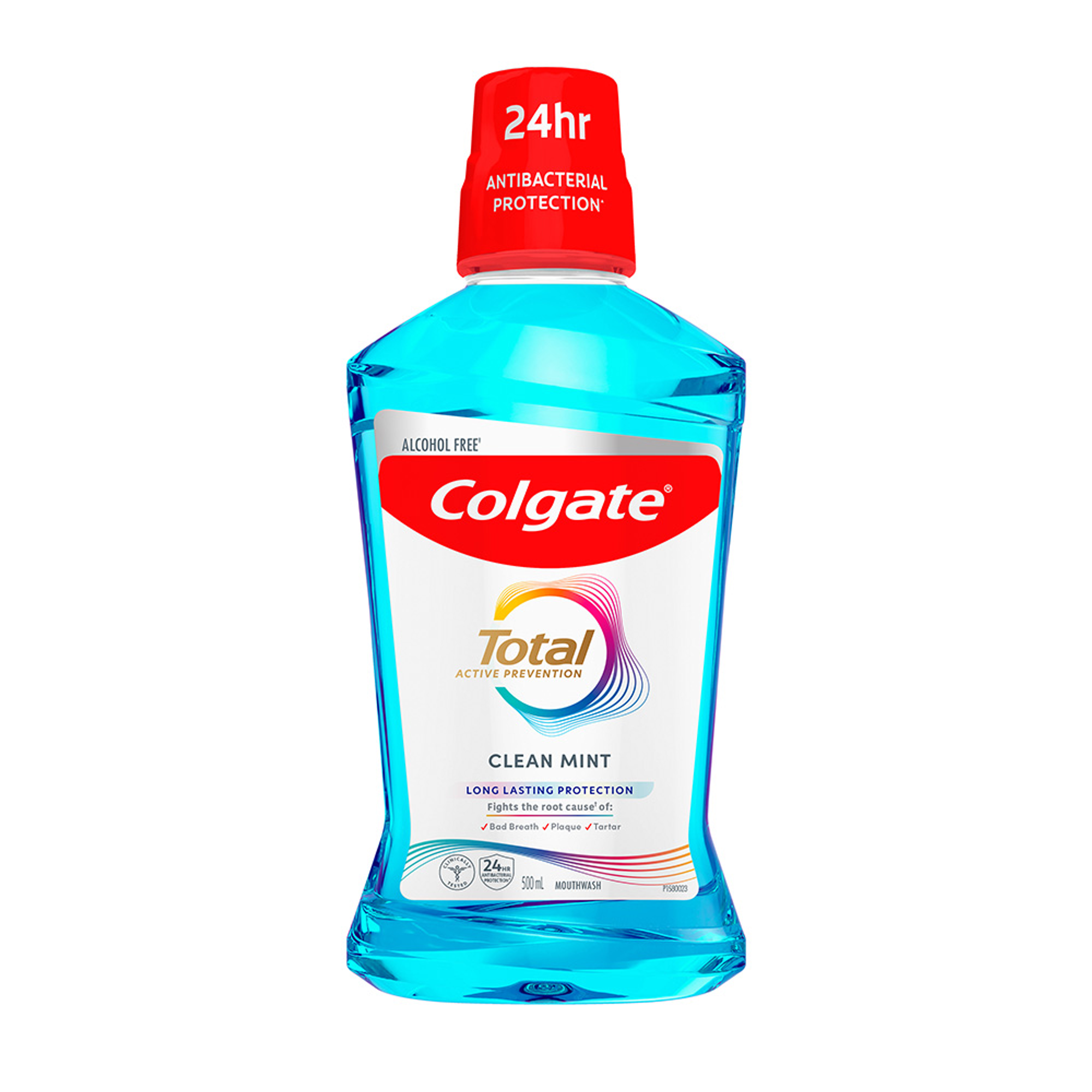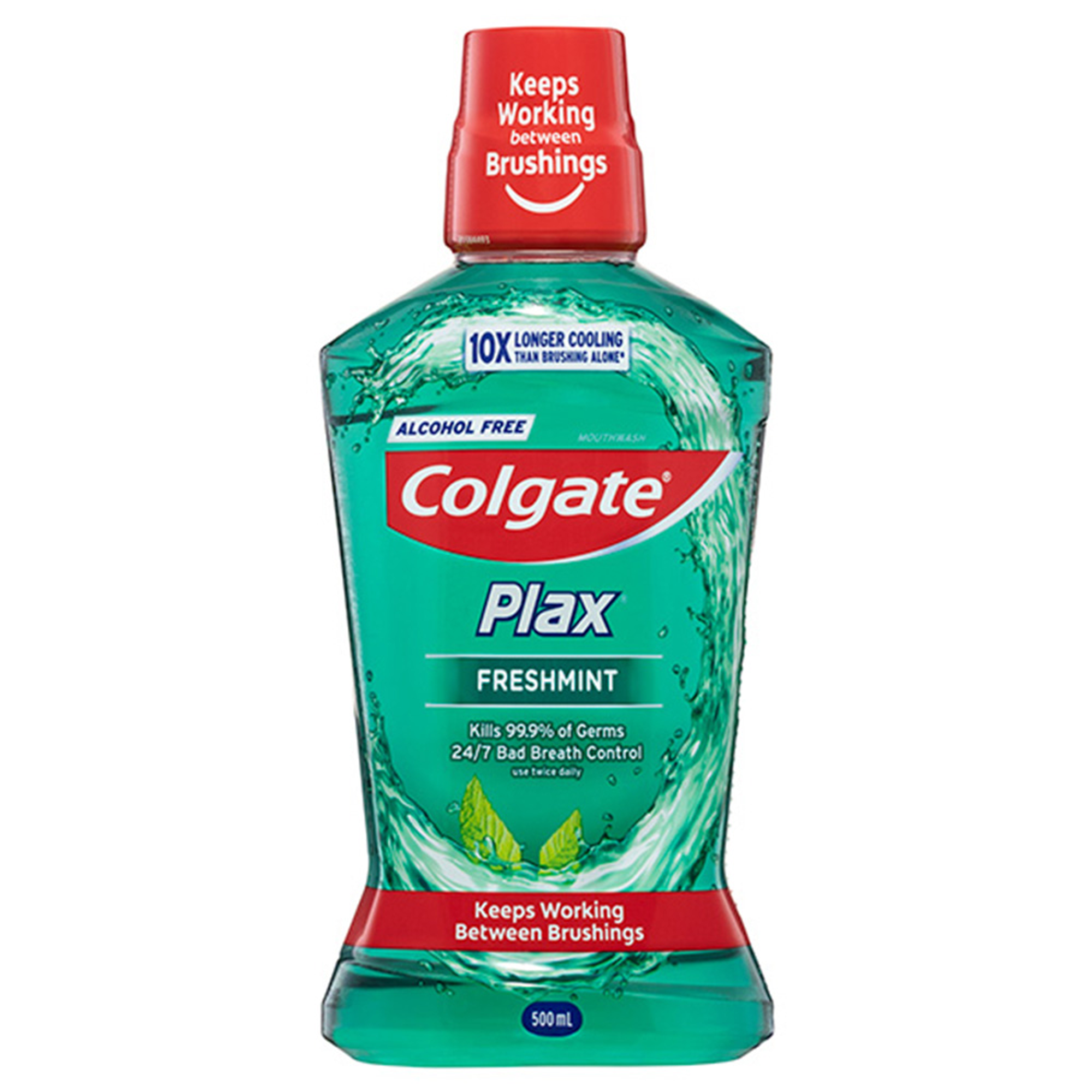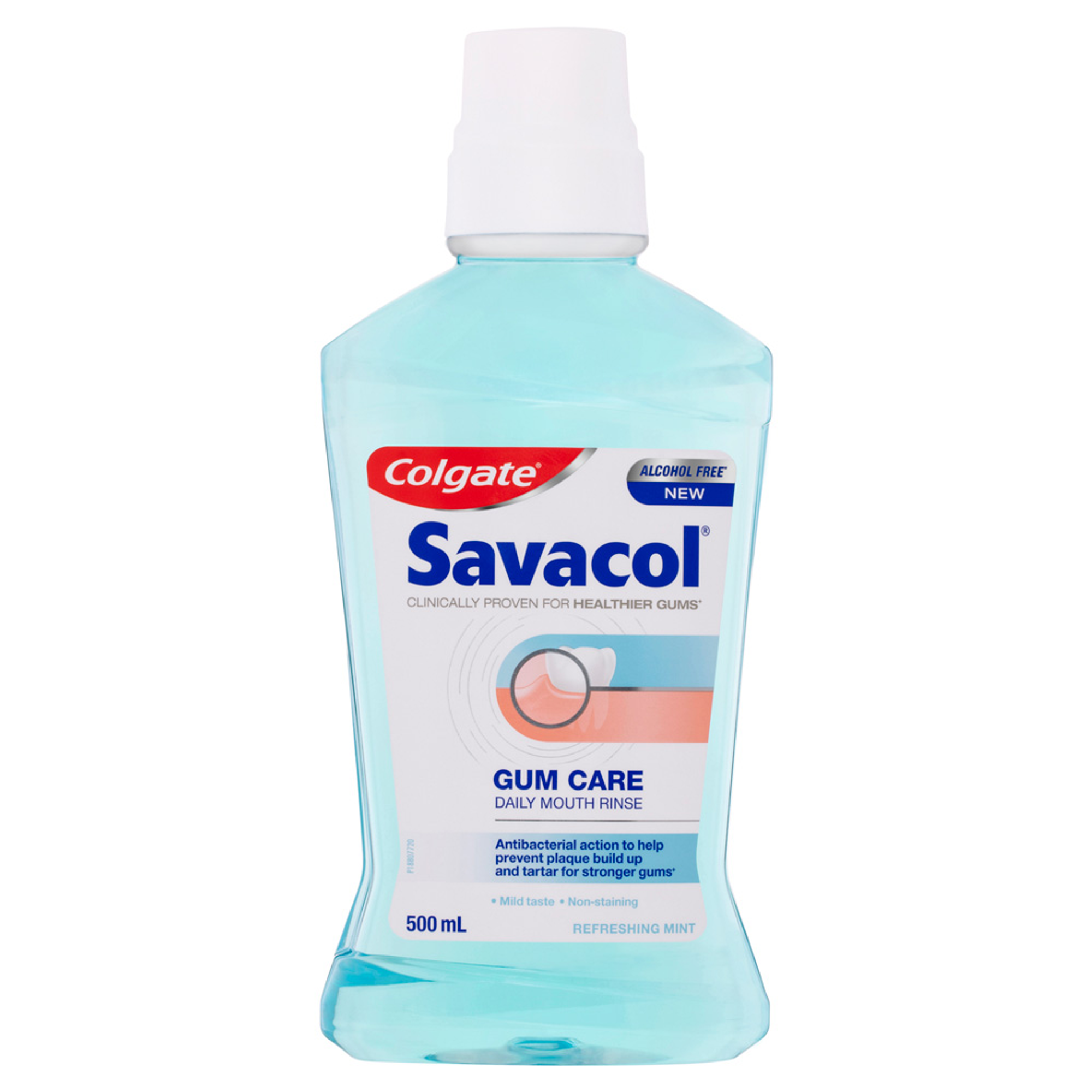
It is essential that patients have a clear understanding of the oral hygiene practices required to keep their prostheses, and restorations, in good condition. Good care may limit the need for replacement in a shorter-than-anticipated time frame. The following article discusses oral hygiene for commonly used prostheses as well as care of restorations, taking a focus on powered toothbrushes.
Dentures
Providing education to patients on denture hygiene is important to enable them to care for their prosthesis as well as the health of their mouth. Patients should be educated and instructed to remove their dentures at night to give the oral soft tissues a chance to breathe; allowing areas to heal and prevent infection. Fungal infections enjoy a warm, moist environment to breed; something we all want our patients to avoid. If a patient uses denture adhesive to assist in holding their denture in place, ensure they are cleaning off the adhesive and reapplying daily.
Dentures should be removed from the mouth and cleaned morning and night using warm water, a spare toothbrush or a denture brush, and a non-abrasive cleaner. Liquid hand soap is a simple and inexpensive option, while toothpaste should not be used due to its abrasive nature. Dentures should be brushed over a dish or sink filled with water or a towel to limit the risk of breakage if they are dropped. In addition, patients should be encouraged to soak their dentures daily in a denture cleaning solution by following the directions of the product purchased.
Dentures wipes are now also a cleaning option. These wipes allow denture wearer’s the opportunity to discreetly and safely clean/refresh their dentures when away from home. They are mint-flavoured wipes that negate the need for water, however, are not designed to clean off denture adhesive. To read more about these wipes, see Axe, A., Burnett, G.R., Milleman, K.R., Patil, A., & Milleman, J.L. (2019, February). Randomized Controlled Clinical Study to Determine the Oral and Dermal Tolerability of an Experimental Denture Wipe. Journal of Prosthodontics, 28(2), 138-145.
At night, whilst the dentures are out of the mouth, it is important they are stored safely. Storage options can include inside a container dry, or soaked in water. Keeping the dentures dry reportedly helps to decrease fungal spores, however with good oral hygiene, keeping them wet in storage overnight remains an option.
Sports mouthguards, occlusal splints and essix retainers
Similar care instructions exist for sports mouthguards, occlusal splints and essix retainers. All items should be cleaned well after use and stored in a safe location so as not to get lost, nor within easy reach of pet dogs who may enjoy the taste and subsequently damage or destroy them.
Wash with soft liquid soap and a spare toothbrush with soft bristles after use; do not use toothpaste which can leave marks or cause wear due to its abrasive nature. Allow the prosthesis to air dry or gently dry with a cloth or paper towel before storing it within a closed container. Be sure to note the manufacturing laboratory’s instructions on receiving a prosthesis made from materials you have not used before in case the material used to manufacture the splint, for example, has a different recommendation for cleaning and storage to what you are used to for similar appliances.
For items to be stored dry, it is important the storage container is not closed until the item is completely dry. Depending on where you and your patients reside, the humidity in Australia can be very high. Another consideration, particularly for sports mouthguard and occlusal splint hygiene is that they may be commonly stored for longer periods of time than essix trays. Storing these items in a case with no openings whilst still wet may cause them to become mouldy.
And finally, learn from my experience. It may seem like something you wouldn’t think to mention but ensure your patients do not clean or soak these items with boiling water. This can cause them to lose their shape – something I have witnessed after issuing a sports mouthguard.
Restorations
Secondary caries is a common cause of failure of amalgam and composite resin restorations1, making oral hygiene an important preventative factor. As of 2021, nearly 1 in 5 Australians only brush once a day, and 3 in 4 Australians rarely or never floss2. These statistics clearly indicate that we need to continue to educate our patients about oral disease prevention.
Empowering patients to choose the right oral hygiene aids to effectively brush and clean between their teeth can help them to care for their restorations in effort to improve longevity. A great example, and still a point of confusion for patients is whether to use a powered toothbrush and what type.
Powered toothbrushes have been shown to be more effective than manual brushes in reducing dental plaque, gingivitis, and bleeding. Moderate quality evidence demonstrates that powered toothbrushes provide a greater reduction of plaque and gingivitis3.
But remember, it’s not what you have, it’s how you use it!
Moraschini, V., Fai, C.K., Alto, R.M., & Dos Santos, G.O. (2015, September). Amalgam and resin composite longevity of posterior restorations: A systematic review and meta-analysis. Journal of dentistry, 43(9), 1043-1050. https://doi.org/10.1016/j.jdent.2015.06.005
Australian Dental Association. 2021. Consumer Oral Health Data.
Yaacob M, Worthington HV, Deacon SA, Deery C, Walmsley A, Robinson PG, Glenny A. Powered versus manual toothbrushing for oral health. Cochrane Database of Systematic Reviews 2014, Issue 6. Art. No.: CD002281. DOI: 10.1002/14651858.CD002281.pub3
Dr Mikaela Chinotti, BDS, MPH, graduated as part of the James Cook University inaugural dentistry cohort. She has previously worked in rural and regional government, private and health fund owned practices. Her passion lies in minimal intervention dentistry, health promotion and education, as well as equitable access to health care. Mikaela currently works as the Australian Dental Association (ADA) Oral Health Promoter and part-time as a general dentist. She is a founding member of the Colgate Advocates for Oral Health: Editorial Community, becoming a member due to her interest in helping and collaborating with fellow dental colleagues and hopes to contribute useful information for young dentists as they start and continue through their careers.
Join us
Get resources, products and helpful information to give your patients a healthier future.
Join us
Get resources, products and helpful information to give your patients a healthier future.











